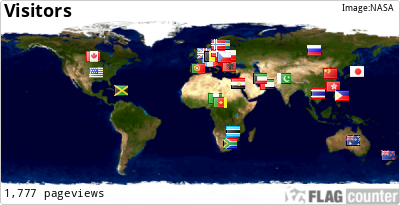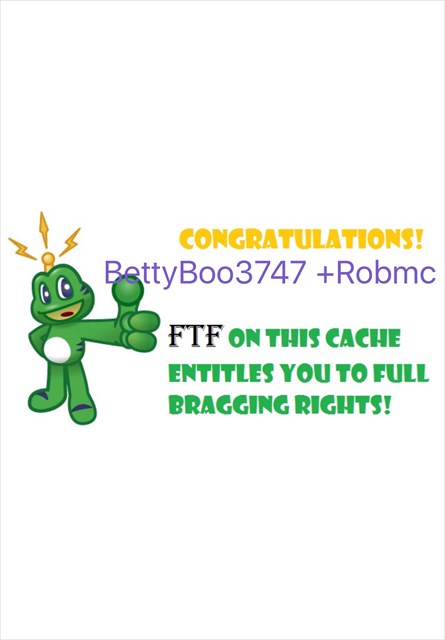Quarantine bay is a sheltered bay, which gets its name from the old quarantine station that was here on the hill (now a tourist park), it has two sheltered beaches and a large very popular domestic boat ramp.
Before we get stated on the local rocks we will remind you of the basics:
There are three types of Rocks, which gain their identity from the unique way they are formed: Igneous, Metamorphic and Sedimentary.


Today we are concentrating on Sedimentary and in particular Conglomerate.
Geologically speaking a Conglomerate is a coarse-grained clastic sedimentary rock that is composed of a substantial fraction of rounded to subangular gravel-size clasts, e.g., granules, pebbles, cobbles, and boulders, larger than 2 mm in diameter. Conglomerates form by the consolidation and lithification of gravel. Conglomerates typically contain finer grained sediment, e.g., either sand, silt, clay or combination of them, called matrix by geologists, filling their interstices and are often cemented by calcium carbonate, iron oxide, silica, or hardened clay.

Conglomerate can have a variety of compositions. As a clastic sedimentary rock it can contain clasts of any rock material or weathering product that is washed downstream or down current. The rounded clasts of conglomerate can be mineral particles such as quartz or they can be sedimentary, metamorphic or igneous rock fragments. The matrix that binds the large clasts together can be a mixture of sand, mud and chemical cement.
Conglomerate forms where a sediment of rounded clasts at least two millimeters in diameter accumulates. It takes a strong water current to transport and shape particles this large. So the environment of deposition might be along a swiftly flowing stream or a beach with strong waves. There must also be a source of large-size sediment particles somewhere up current. The rounded shape of the clasts reveal that they were tumbled by running water or moving waves.
Conglomerates often begins by being deposited as a sediment consisting mainly of pebble and cobble-size clasts. The finer-size sand and clay which fill the spaces between the larger clasts is often deposited later on top of the large clasts and then sifts down between them to fill the interstitial spaces. The deposition of a chemical cement then binds the sediment into a rock.
Conglomerate has very few commercial uses. Its inability to break cleanly makes it a poor candidate for dimension stone and its variable composition makes it a rock of unreliable physical strength and durability, despites these facts it has been an invaluable tool in the exploration and search for water on planet Mars: In September, 2012, NASA's Mars rover Curiosity discovered an outcrop of conglomerate exposed on the surface of Mars. The rounded clasts within the conglomerate provide evidence that a stream or a beach had moved the rocks and tumbled them into rounded pebbles. This conglomerate was the most convincing evidence that water once flowed on the surface of Mars.

Now back to the local examples; firstly we want to point out that the local geology is very complex, seasoned geologists still debate over the technical aspects of the area, so much so there are several universities who bring their geology students here on a regular basis to study. For your sanity and ours we have tried to present this lesson on an informative but basic level.
At the published location you will be standing near a Lichen-covered rocky outcrop.
This outcrop is composed of conglomerate – pebbles surrounded by finer-grained material called the matrix. Here the matrix is clay and sand-sized material. The pebbles are mainly soft sandstone. They are rounded, indicating that they were transported for some distance.
This conglomerate rock is of Late Devonian age (360 million years).
Because of its soft porous nature, rainwater and salt spray have penetrated the entire rock and deposited iron minerals which are rusty brown and yellow in colour.
At low tide, the conglomerate can be seen making up the rock platform below this outcrop. The little islands are also composed of the same conglomerate.
If you walk onto the sandy beach below the end of the rock breakwater, Reference point listed, you can see beds of the same conglomerate and also different Conglomerate. This conglomerate at the base of the cliff is different from the Lichen-covered rocky outcrop as it has large boulders in it, not just pebbles. There are many different rock types in the boulder conglomerate. The largest boulders are red siltstone. The pebbles are mainly hard quartz, not soft sandstone. The matrix is coarse-grained hard sandstone, in contrast to the fine-grained soft sandstone in the outcrop at the published coordinates.The matrix is white and purple in colour.
About 100 m along the beach, there is no more conglomerate and the cliffs are made up of much older rocks, see our other Earth Cache to learn about those. Click here GC6CAZQ
The sandstone pebbles in the conglomerate are made of sandstone eroded out of the old Ordovician rocks.
The conglomerate was probably originally deposited as piles of loose pebbles and sand by an ancient river. The loose material has become hardened into rock by heat and pressure during the long time since the pebbles were first deposited.
To successfully log this cache please use your own judgment and the information provided above to answer the following questions and send us your answers to the best of your ability;
1. At the Lichen-covered rocky outcrop feel the rock, what does it feel like and why does it feel this way?
2. Over at the reference point on the beach find a piece of conglomerate, feel it and look at the large jellybeans in it: explain why they are this shape and colour?
3. Comparing the two rocks that you have now felt there is a distinct difference why is that?
4. A photo of your team, GPS near GZ with your log and answers. (optional)
You are welcome to log your answers straight away to keep your TB's and Stats in order but please message us with your answers. Cachers who do not fulfil the Earth Cache requirement will have their logs deleted.
Sources: Geology.com, wikipedia, local geologist.

